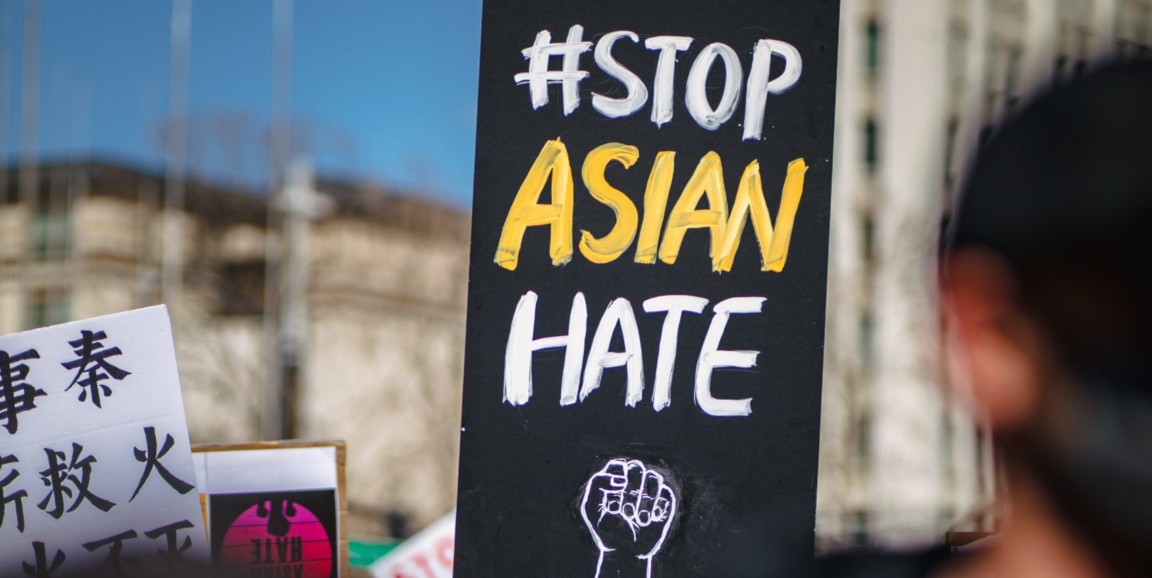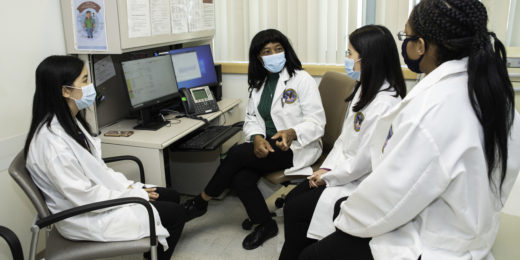Early in the pandemic Bryant Lin, MD, grew increasingly concerned about reports of Asian-American discrimination, not only in the media but also at his own medical clinic.
An Asian-American patient told Lin, who is Chinese American, that someone tried to spit on her while she was crossing a road. Another patient called the clinic asking if a doctor with an Asian name was from China, considering canceling their appointment.
"That was the first time that ever happened to me," said Lin, clinical associate professor of primary care and population health at Stanford Medicine. "Many other stories of violence and harassment were really distressing."
As rhetoric from public figures implicating China as the origin of the coronavirus pandemic -- using terms like "Chinese virus" or "kung flu" -- made headlines, Lin gathered a research team at Stanford to determine the extent of racist behavior impacting the Asian American community. The study, published July 12 in the Journal of Asian Health, showed disturbing increases in racial discrimination incidents, particularly among East and Southeast Asian Americans. The study also emphasized the importance of examining various Asian American groups separately, rather than just as one entity, in order to better inform educators and policymakers on how best to mitigate future racist behavior.
"While there was negative press out there around China, we were surprised to see that the discrimination was also being felt by non-Chinese Asian sub-groups, including Vietnamese, Japanese and Korean Americans," said Latha Palaniappan, MD, professor of medicine who shared senior authorship of the study with Lin.
Online survey
The study, one of the largest to date on the topic of pandemic-driven racial discrimination, was based on a 15-question online survey of 1,861 respondents from across the United States. Respondents were asked to report any racial discrimination experienced during the pandemic, which included instances of being hassled or made to feel inferior, physical violence or fear of violence and mental distress.
Chinese Americans reported a 50% increase in discrimination incidents during 2020 compared to 2019, while Vietnamese Americans were three times more likely to experience discrimination and five times more likely to be concerned about physical assault than white Americans, the study found.
"I actually wasn't surprised by those results," said Ann Nguyen who was a co-lead author of the study with Sierra Ha, both Stanford undergraduates at the time. Nguyen, who is Vietnamese American, said that, prior to the pandemic, her parents were quite independent. But as it progressed, they became afraid to go out in public alone. They always wanted her with them.
"This study really hit home," Nguyen said. "I'm sure it will resonate with a lot of other Asian Americans."
The researchers intentionally set out to separate the Asian American respondents into various sub-groups to better examine subtle variations, Lin said, something that isn't usually done. Asian Americans are most often studied as an entire group.
The study showed that East Asians -- Chinese, Koreans and Japanese -- and those of Southeast Asian descent -- Vietnamese and Filipino -- have been disproportionately affected by discrimination during the pandemic. South Asians -- which include Indian and Pakistani Americans -- were not as severely affected.
"It was enlightening to see that Chinese, Korean and Japanese groups that make up the Southeast melting pot experienced more discrimination," said Lin, who surmised that the increased discrimination against East and Southeast Asian Americans was likely a result of their physical and cultural similarities to Chinese Americans.
"South Asians haven't necessarily been experiencing discrimination due to COVID-19," said Palaniappan who is Indian American. When they co-founded the Stanford Center for Asian Health Research and Education, or CARE, in 2018, Palaniappan and Lin made it part of the center's mission to promote better research of the entire Asian American community by studying distinct sub-groups.
This study provides information on how to decrease discrimination within the Asian American community by understanding how it affects its various groups. More of these details can help to improve public health, education and communication with policymakers and community leaders, the study said.
Photo by Jason Leung





